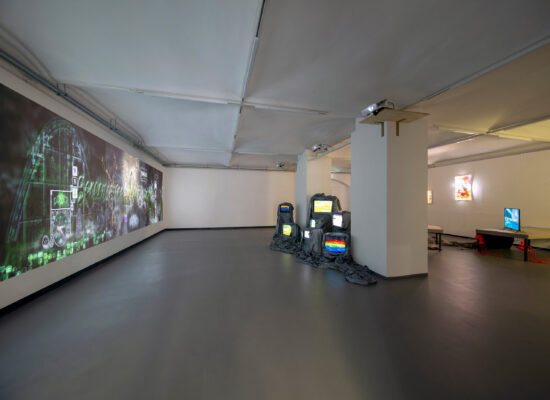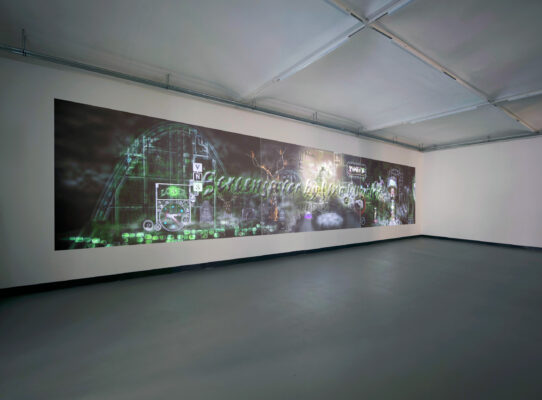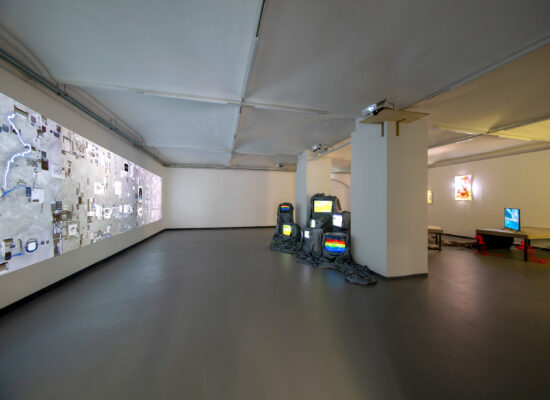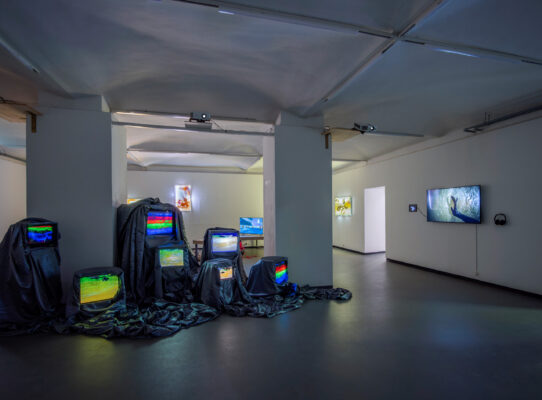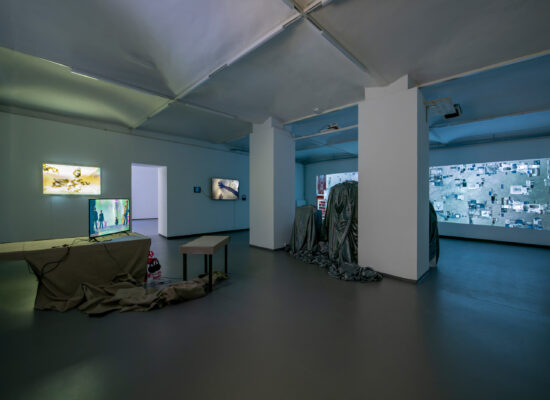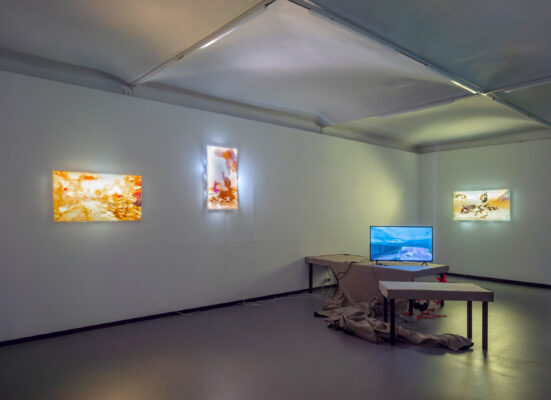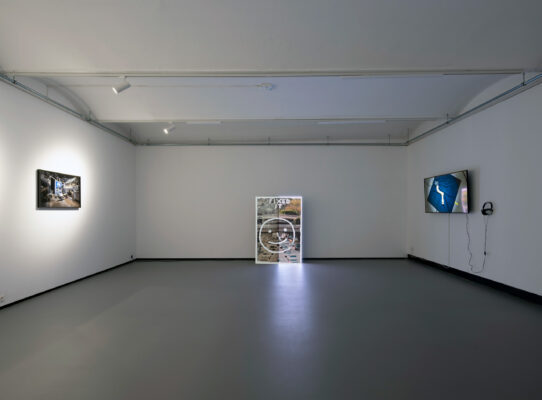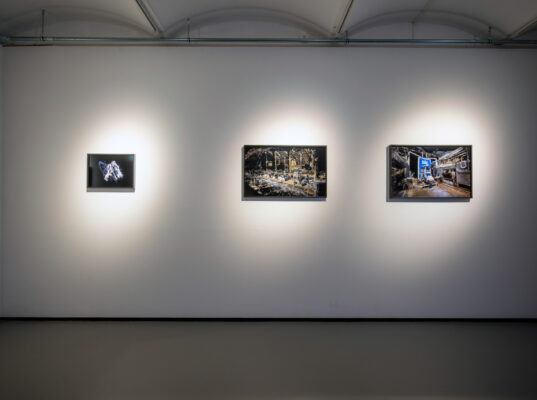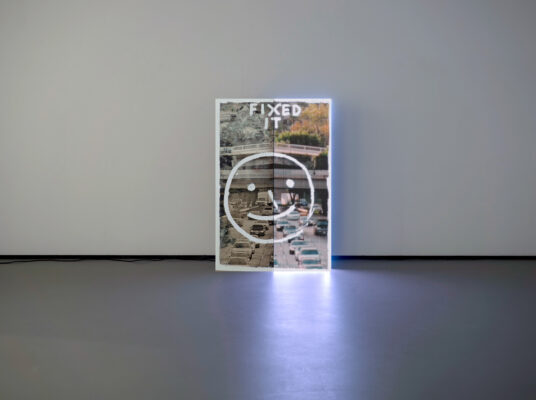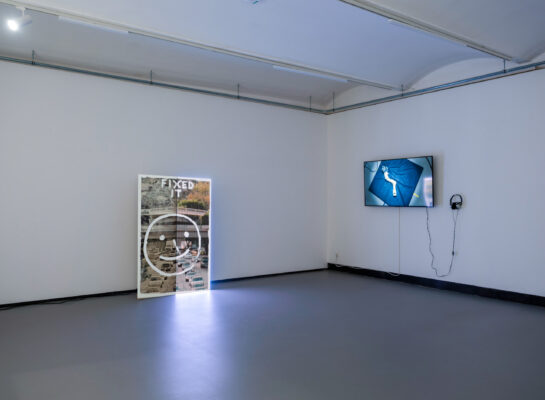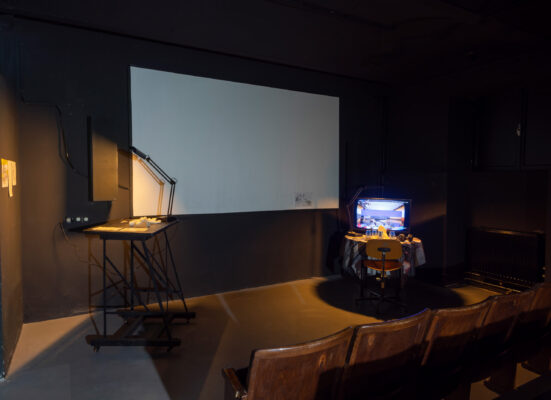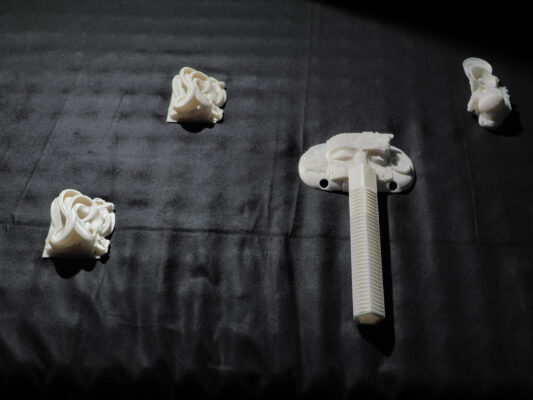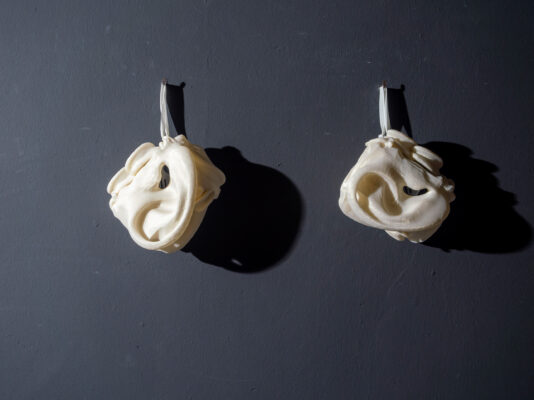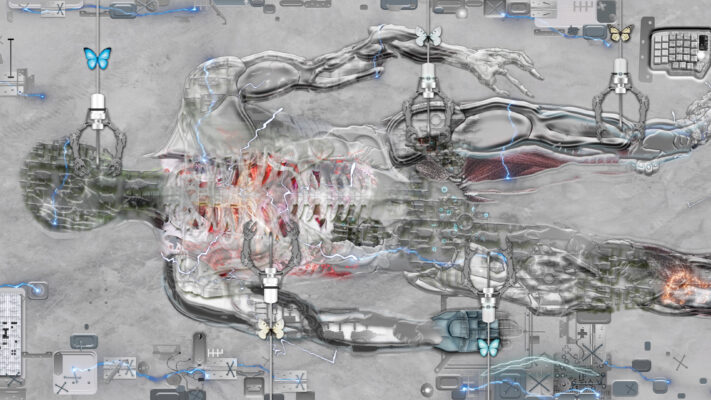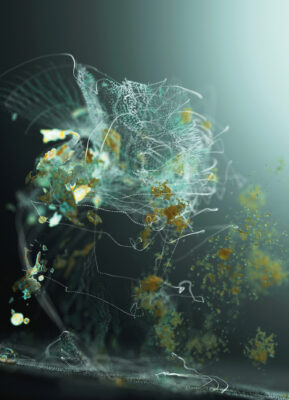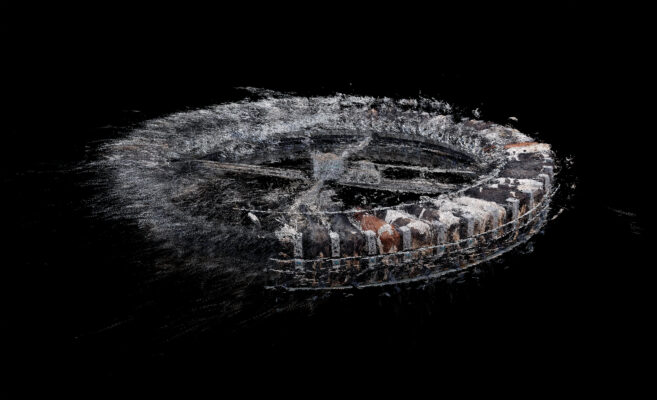Opening: Monday, 10 June 2024, 7 p.m.
Opening speech: Johan Nane Simonsen
Presentation of the catalogue DIGITAL and summer party with concert:
Saturday, 13 July, 5 p.m., DJ Ebhardy (DJ-Set)
Artist Talks:
Th, 20 June 2024, 7 p.m.: Flavia Mazzanti
We, 26 June 2024, 7 p.m.: T(n)C
With DIGITAL, the FOTOGALERIE WIEN is dedicating its latest focus series to a topic that is shaping our entire epoch. Speculation about workers spending a great portion of their waking life with their eyes glued to a monitor no longer belongs to the realm of fiction. The globe rotates beneath a net of satellites that continuously generate images of its surface. Almost all of us carry a computer in our trouser pockets, we are all under surveillance, measured and expressed in two numbers: zero and one. Digitalisation has had wide-ranging consequences for photography. Some have declared it dead. But contrarily photographic imaging processes have developed into an important principle of our digital lifestyle. Photographs are produced and consumed in unprecedented numbers. Photographs on small, garish screens have become the interface of algorithms and our emotions, desires, fears and dreams. We dare to cast a gaze on this present and show, in four exhibitions centred on the DIGITAL, an overview of the technologies and the reactions of artists to them. Together with them we are attempting to get a sense of the intangible and to assess its potential and dangers.
The digital age is characterized by an ever-increasing power and control of people over their environment. At the same time, a philosophical and ethical worldview is emerging in which humans are no longer at the center. Philosophers and artists are calling for an end to anthropocentrism, seeing other species, ecosystems or even objects as our equals: as fellow inhabitants of this planet who, like us, are endowed with a certain subjectivity and agency and with whom we must come to terms. (Photographic) images can also be read as objects and they, too, raise the question of their autonomy and intention. It is a good time to remember that “virtual” is not the opposite of “real”. Virtuality is about the effect of a thing. A virtual reality may differ in form from physical reality, but it has a similar effect. In this respect, a website is just as real as a highway or a million euros in a bank account. In this respect, these different realities overlap and are inextricably entangled.
With KOEXISTENZ, we examine this entanglement: we encounter the photographic images at eye level, questioning their role in the interplay with (other) digital technologies, with our society, our bodies and our environment.
In disarming II, Emanuel Gollob explores the performative relationship between a detached robot arm, a gym mat, and its human observers. A robotic limb (arm), detached from a human-constructed technological body, tries to find concepts for advancing movements even though it initially wasn’t made for locomotion – vulnerable yet determined. Exhibited as a video installation with an AI continuously re-editing the video disarming fuses physical acting with digital observation and vice versa. The same algorithm that learns the physical locomotions with the robotic body in the video footage now observes how likely recent social media postings mention “robot” and “arm” in the same post. In reference to this observation, the RL algorithm is set to continuously learn and unlearn which video narrative reduces this tendency.
Screensaver by Lena Kuzmich is an animated photomontage – assembled with content found online and photographs collected from daily encounters. Screensavers initially served the function of impeding screen damage from overload and repetition. The work playfully studies the screensaver by applying this initial purpose as a metaphor to contemporary human life. How do we as human species prevent damage through encumber and ennui, cope with mortality, and enjoy life? Taking the viewer on a visually intricate journey Screensaver starts off in a horror attraction park, slowly zooming out into the intestines of machinery, vaguely unraveling life’s puzzling riddles.
Sympoietic Bodies is an artistic-philosophical project presented through the medium of film that explores the dissolution of boundaries between the human body and its social and physical environment. The short film by Flavia Mazzanti arises from the interest in combining a philosophical understanding of our bodies and their interaction with other beings in a constructed environment with the exploration of new technological possibilities – in the context of experimental and animated film. The film experiments with a post-anthropocentric scenario related to a nowadays society, where the human body is decentered and deconstructed in its whole. Everything in the film comes from the physical world and has been further digitally processed using various technologies.
Hyeji Nam‘s multi-channel video installation is about skin, surface and various aggregate states of reality. The starting point was a timeless, everyday observation into which a new feeling had crept: looking at sunlight glistening on the surface of water brings back memories of digitally generated images, the aesthetics of pixels, glitches or screen flickering. “At some point, I recognize the strange interplay of a desire for the digital to be real and for the real to look like a digital work,” says the artist. She examines the extent to which our perception is shaped by the structures of digital worlds. But our emotions and desires are also significantly influenced by the new technologies: “A desire, perhaps the desire to see the digital as nature, or vice versa. A desire for nature to live forever, a desire for digitality to be truly beautiful.“
In the installation presented by Vojtěch Radakulan, visitors can go into four different niches. In three of them, they can enter in various ways (computer game, VR glasses, microphone) a virtual copy of the control room of the Zwentendorf nuclear power plant in Lower Austria, that was never put into operation due to social pressure. Here they can portray characters that have played a role in the history of Zwentendorf, such as activists, engineerings and political characters. Within their interactions, they encounter other visitors, who in turn play other characters. Resolving conflicts requires effort and cooperation. The fourth niche is a kind of description of what is happening, which is an absurd sequence of events, just like the fact that Lower Austria has the same flag as Ukraine.
In his project Unleash Your Herd’s Potential, Daniel Szalai uses the example of precision livestock farming to reflect on surveillance, exploitation, our relationship with nature, and the role digital imagery and advanced technology play in it. An extensive technology infrastructure makes it possible to quantify all aspects of the cows’ lives, allowing each individual in the herd to be treated as a mere data. Precision dairy farming can therefore be seen as an example of surveillance capitalism applied to animals, further increasing the distance between human and non-human entities through virtualisation and gamification. The project addresses these issues by rendering cows and their environment using photogrammetry, a photo-based 3D scanning technique. The use of this method allows the subject to be represented as an information cloud – creating an exploded view.
In Fixed it, Philipp Timischl combines LED screens with traditional painting. The digital screen shows a video of cars driving forward which, when the image flips, reverses their direction, looping endlessly. This visual trick plays with perception of movement and time. The sculpture demands a physical response from its audience. To see the low-res LED video clearly, viewers need to step back; yet, to appreciate the detailed paintings, they must come closer. This interaction emphasizes the power dynamics between the artwork and its audience, highlighting how the piece controls the viewer’s movement and engagement. Fixed it poses thoughtful questions about how technology influences our engagement with art.
Agnes Varnai and Tina Kult form the artist collective T(n)C, founded in 2017. The video series Retraining Laziness follows a conversation between a human worker and a malfunctioning robot as they discuss unhealthy production conditions and their own relationship to work and time. Fueled by an economic system that evaluates each individual based on their productivity, humans and machines are in competition with each other. The Days series (Lightbox) looks at the ambivalent relationship society has developed with picturesque corners of the planet. The exaggerated images reflect both: the fascination for paradisiacal landscapes and the effects of the obsession on them.
